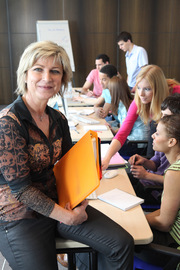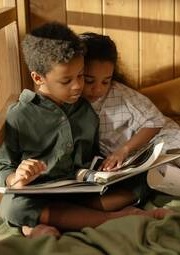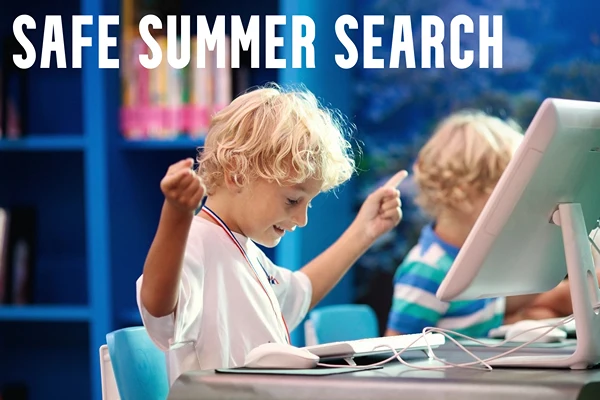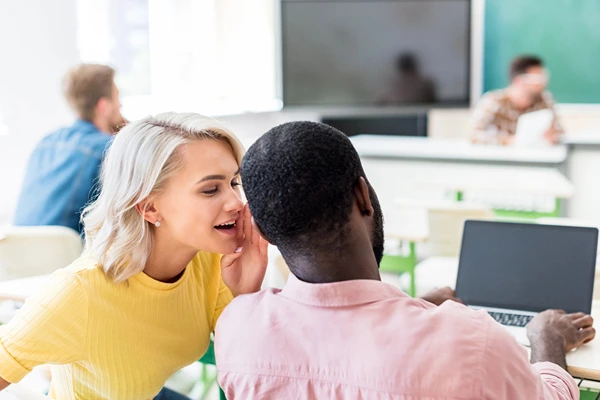How to Write Learning Objectives
A learning objective is a clear statement that describes what the learner will attain or apply from a lesson. Writing learning objectives is important for any lesson-planning process. The well-written learning objectives help students to understand what they will learn after completing the course or session.
Learning objectives assist to focus the learning process and provide a clear framework for assessment. It ensures that the learning activities are aligned with the goals of the lesson or course. After defining the specific skills or knowledge that learners are going to acquire, instructors can prepare the appropriate content for the course.
This article will take you through the importance of learning objectives and the ways to write them perfectly.
Why Effective Learning Objectives Are Important?
Well-written learning objectives are important for many reasons such as;
Clear Roadmap for Students
Learning objectives provide a clear picture of the course to the students shortly what they will learn from the lesson. This shows how it’s well-aligned with the goals of the course. It inspires and motivates the participants on achieving those outcomes. This also helps them understand how they will be assessed.
Compass for Teachers
Good learning objectives help teachers and instructors to design the right course contents and strategies that cope with the learning objectives. This aids them to make a fair assessment plan too. Learning the importance of observation is just as essential.
Things to Consider Before You Write the Learning Objectives
A good teacher or course instructor always thinks a lot before designing the learning objectives. Some of the questions that they might ask themselves for writing beneficial learning objectives are;
- What will the students or participants attain after attending this course, or lesson?
- What do the participants need to know and how it will bridge their existing knowledge and skills with what they are going to achieve?
- How do participants apply the knowledge and skills that they will learn?
Step-by-Step Guide to Write Learning Objectives
The effective learning objective should be specific, measurable, attainable, relevant, and time-bound (SMART). If you are a teacher or want to be so, you can follow the steps below to write the learning objectives perfectly.
Step 1: Clear Statement
Write each learning objective in a clear statement of what the attendees will know after participating in the lesson. For example, you can start with the phrase “After completing this session, the learner will be able to …..”
- Be sure to include the necessary context and conditions for the learning objective.
- The objectives should describe what the attendees will learn or do as a result of a learning experience.
- Keep the learning objective concise and student-focused. Avoid using vague or broad language.
Step 2: Use Most Suitable Action Verb
Choose the right action verbs that are specific, measurable, and descriptive. This makes the objective clearer and more focused. For writing learning objectives, it’s recommended to follow Benjamin Bloom’s Taxonomy (1956).
Bloom’s hierarchical classification explains six different levels of thinking: Remember, Understand, Apply, Analyze, Evaluate, and Create. AAMC.org enlisted some verbs to formulate educational objectives.
Step 3: Break Down the Tasks and Cognitive Skills
Sometimes faculty think the lesson or task requires specific skills but in reality, it needs a blend of many component skills. To master these skills, students have to practice a lot. The course instructor should mention all the necessary skills so participants get the right direction at the very beginning.
Step 4: Review Each Objective
Double-check the learning objective to ensure that it matches the overall goals and objectives of the course or lesson. It should be closely related to the content and activities that will be covered in the lesson.
Learning Objective Examples
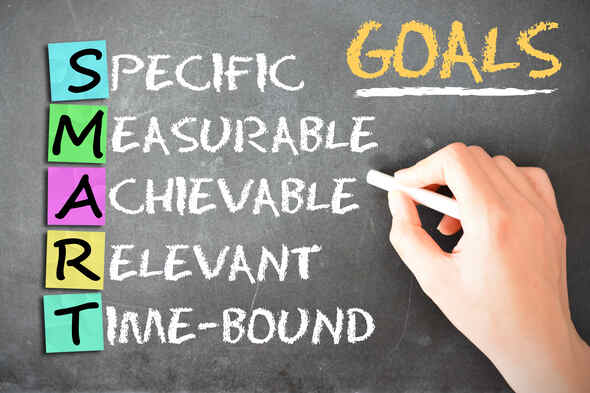
A learning objective for a science lesson on plant biology might be: “After completing this session, the learner will be able to identify the different parts of a plant and their functions, using a diagram or a real plant as a reference.”
This objective is specific (identifying the parts of a plant), measurable (using a diagram or a real plant), attainable (assuming the learner has some prior knowledge of plant biology), relevant (to the topic of plant biology), and time-bound (able to do this after completing the lesson). So, it meets the SMART formula hence the learning objective is absolutely accurate.
But if you use “learn” instead of “identify” the learning objective will be wrong as the word “learn” is not measurable.
Conclusion
Learning objectives are crucial components of any educational program or lesson plan. They help to ensure that the content and activities of a lesson are focused, relevant, and aligned with the course’s or program’s overall goals and objectives.
The well-written learning objectives will help to design the content that copes with the learning programs and assessment process. We describe here the steps to make effective learning objectives. Hopefully, you can now write the learning objectives perfectly.

